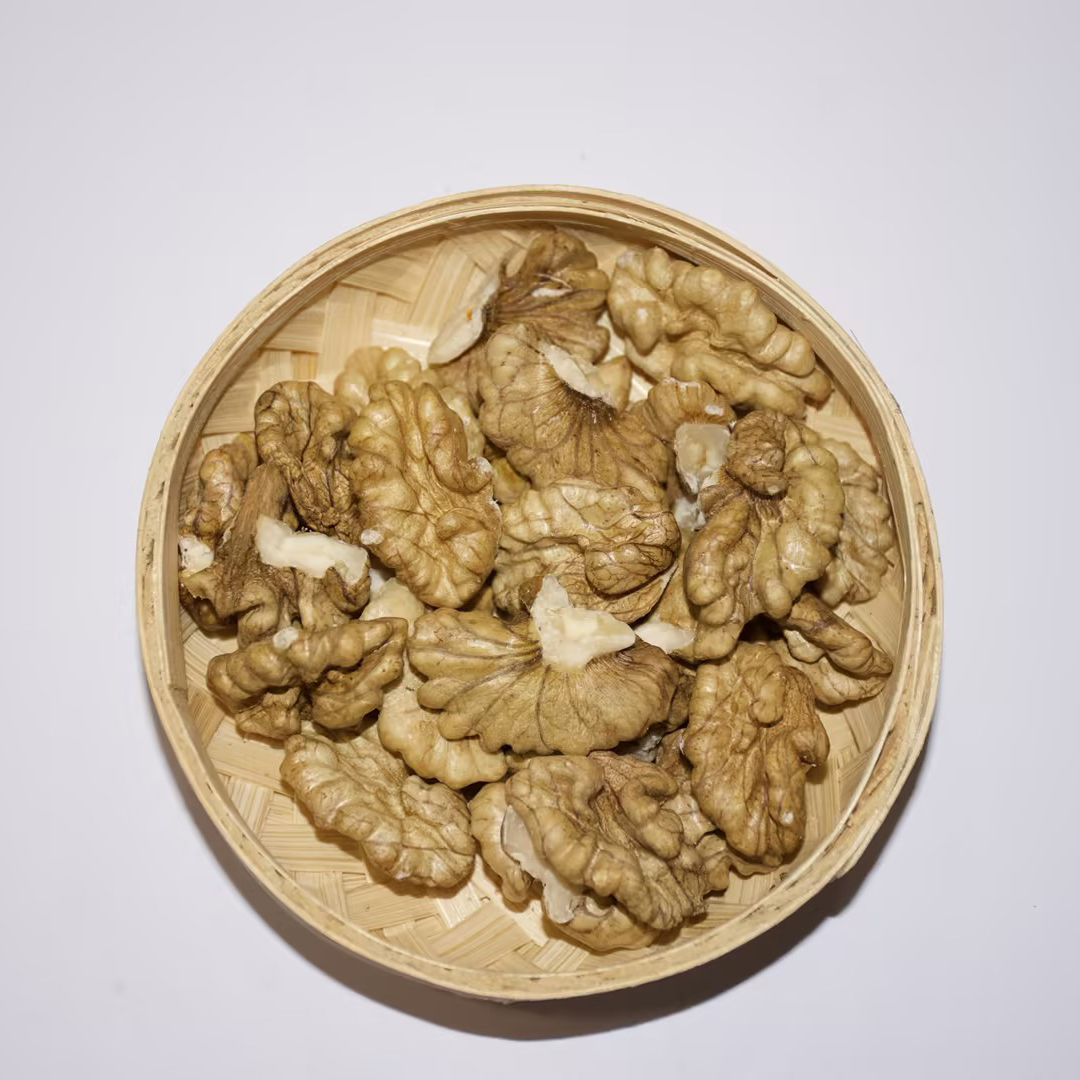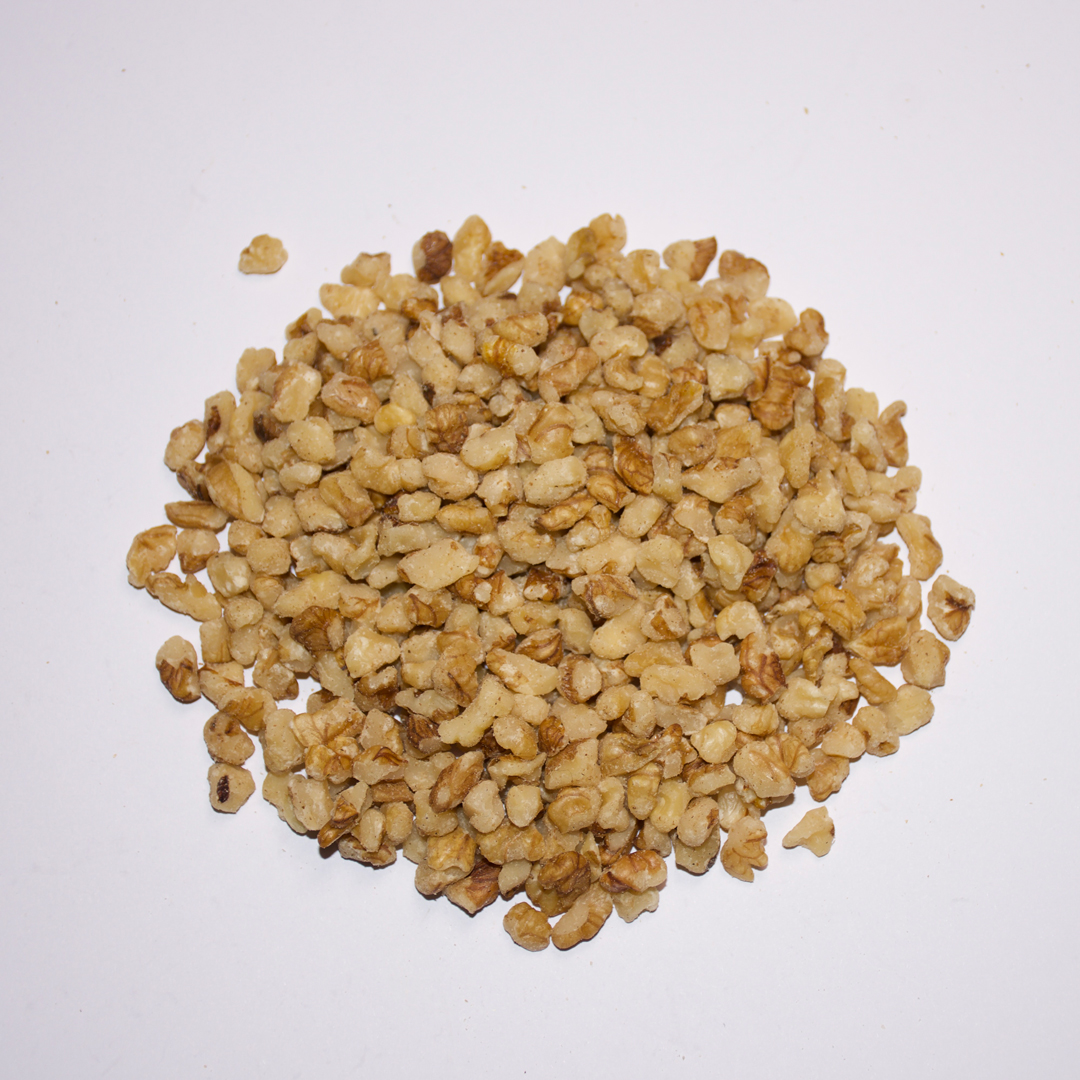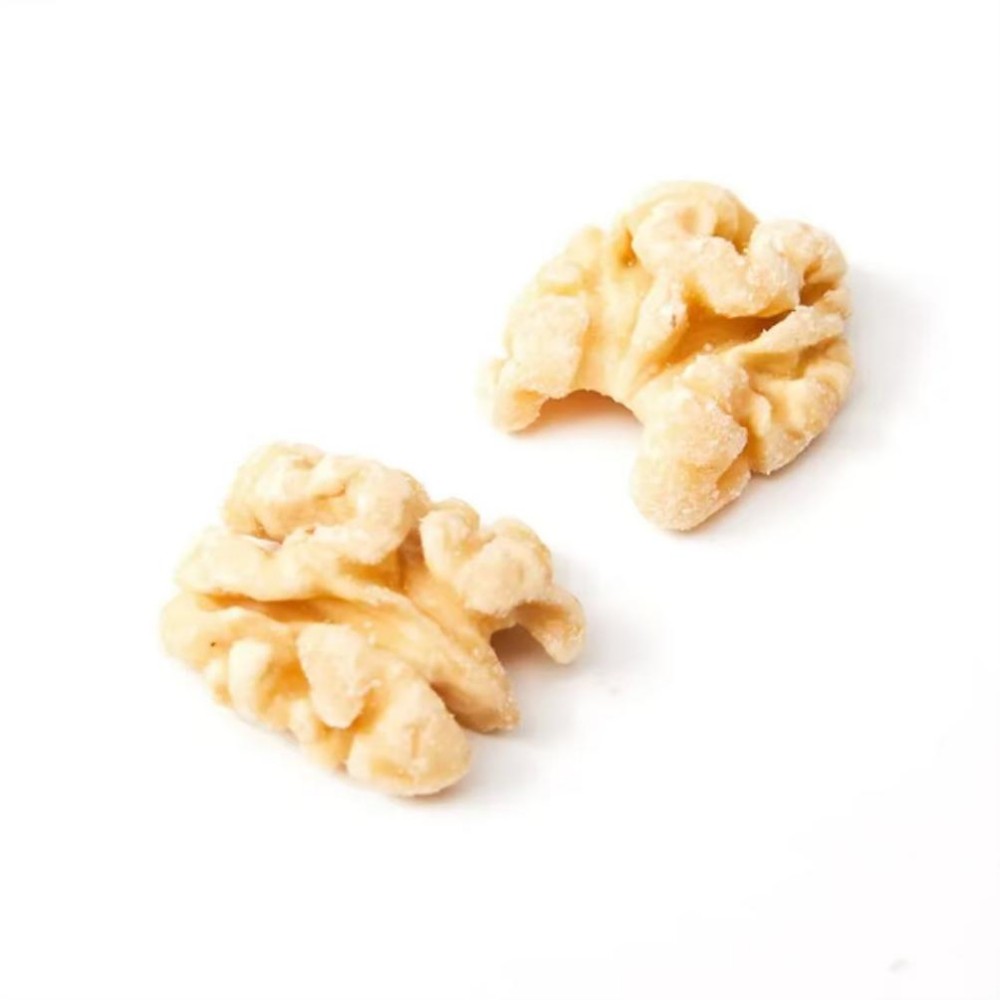
walnut fruit color
Walnut fruit color
Walnut is a goodness familiar to many, valuable not only for taste, but also for useful properties. But have you ever thought about the color of his fruits? This question may seem simple, but a fascinating story and some interesting observations are hiding behind it.
From green to brown: the path to ripening
Young walnut, like many other fruits, emerges in green. This is a protective coloring until the nut has grown up and has accumulated all the nutrients. Imagine a small green sun that gradually darken, gaining strength and taste. As the fruit, the color of the fruit changes from light green to a more saturated, dark shade. This process, like everything in nature, occurs gradually, depends on the climate and growing conditions.
Factors affecting the final color
Various factors affect the final shade of the nut. Different varieties of walnuts can have different colors in mature form. Solar lighting, humidity, temperature - all this plays a role in the process of maturation. Even within the same plantation, some differences in color can be observed. In some cases, the fruits can maintain a greenish tint even with complete maturation. This may be due to the features of the variety or regional conditions.
Why is color important?
The color of the walnut is a kind of indicator of its readiness for use. The ripened brown walnut is a signal that it can be calmly opened and enjoy its taste. But the unripe green nut will still be tough and tasteless. Knowing how the color of the nut changes helps us make the right choice and not spoil our lunch, or, say, enjoying a seasonal nutty. Understanding this process, like many others in nature, allows us to better evaluate and understand the beauty and complexity of the world.
AppropriateProducts
Corresponding products
The best soldproducts
The best -selling products-
 Normal light Yunnan nut nuclei quarter
Normal light Yunnan nut nuclei quarter -
 Walnuted fruits of walnut xin2
Walnuted fruits of walnut xin2 -
 Washed fruits of Yunnan nut
Washed fruits of Yunnan nut -
 The nuclei of Yunnan walnuts of light color, mixed in half and quarters
The nuclei of Yunnan walnuts of light color, mixed in half and quarters -
 White tetrahedral core of walnut
White tetrahedral core of walnut -
 Normal light color of 185 halves of walnut nuclei
Normal light color of 185 halves of walnut nuclei -
 Half of the nuclei of walnuts of normal light color xin2
Half of the nuclei of walnuts of normal light color xin2 -
 Half of the nuclei of walnut nucleus is a normal light color
Half of the nuclei of walnut nucleus is a normal light color -
 Gilt nuts of light amber
Gilt nuts of light amber -
 Gredgly nuclei of light -colored xin2, mixed from halves and quarters
Gredgly nuclei of light -colored xin2, mixed from halves and quarters -
 Washed fruits 185 walnuts
Washed fruits 185 walnuts -
 Northern walnut
Northern walnut
Connectedsearch
Related search- Cheap walnuts how many manufacturers
- Walnut Day
- Cheap 185 walnuts of manufacturers
- GOST GREAL NUSHES PLEASED
- Cheap walnuts fruit ingredients Factory
- Cheap northern walnut price
- Cheap to buy ozone peeled walnuts price
- Cheap manufacturers of walnut fruit calories
- Cheap white 4-way nuclei of the walnut of the factory
- Cheap walnuts photo factory













